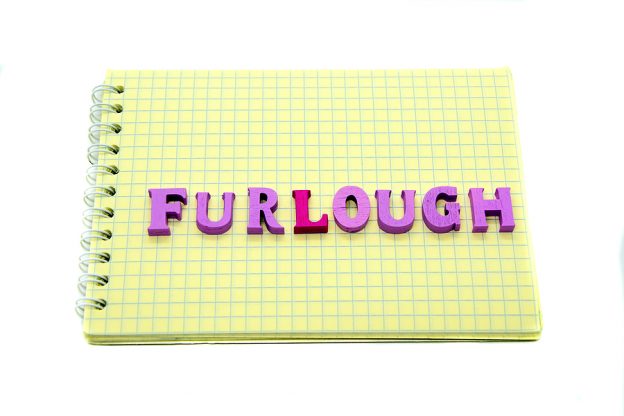
The Coronavirus Job Retention Scheme (CJRS) is meant to be ending in September. But, in order to avoid it screeching to an abrupt halt, there is a ‘tapering’ period between now and then.
Here’s what you need to know.
CJRS information
Between March 2020 and June 2021, 9.4 million taxpayers have been furloughed through the various evolutions of the Coronavirus Job Retention Scheme. This has been crucial to allowing COVID-19 restrictions to be imposed, while making sure people still have the money to live.
The country is beginning to slowly move towards a more normal, pre pandemic economic situation. And so the government are bringing this support scheme to an end.
But there is no intention for this to be a dramatic push over the edge for businesses. The whole idea has been to retain jobs. Not end up with a large number of redundancies when the government support stops. From June to September, the proportion of wages reclaimed from the government is gradually reducing, while the proportion paid by employers increases concurrently.
How are the CJRS payments changing?
To 30th June 2021: Employees get 80% of their un-worked salaried hours, employers can reclaim that from the government and top up this payment to 100%, if they can. Maximum payment of £2,500 per month.
Employers still pay employer National Insurance Contributions and minimum auto enrolment employer pension contributions. This translates into usual PAYE deductions for employees.
From July 1st 2021: Employers can reclaim 70% wages, maximum £2,187.50 per month. Employers must pay 10% of hours not worked, maximum of £312.50 per month.
From August 1st 2021: Government contribution of 60%, maximum of £1,875 per month. Employers must pay 20% of hours not worked, maximum of £625 per month.
This continues until the end of September, when the Coronavirus Job Retention Scheme ends completely.
Throughout all of this, employees should be receiving 80% of their wages for being on 100% furlough. The difference is that employers are paying an increasing amount of that cost as the government contribution decreases.
The hope is that by the end of September most businesses are fully opened and able to pay their staff, in full, themselves.
You need to be really careful to follow the details of the furlough schemes’ instructions. They become more complicated as these new parameters come into effect. For example, any claims for July furlough payments must be with HMRC by 16th August. You can find other important dates and rules on these relevant HMRC pages:
- Changes to the Coronavirus Job Retention Scheme from July 2021
- Check if you can claim for your employees’ wages through the Coronavirus Job Retention Scheme https://www.gov.uk/guidance/claim-for-wage-costs-through-the-coronavirus-job-retention-scheme. This guidance clearly takes you through the calculations and application process.







